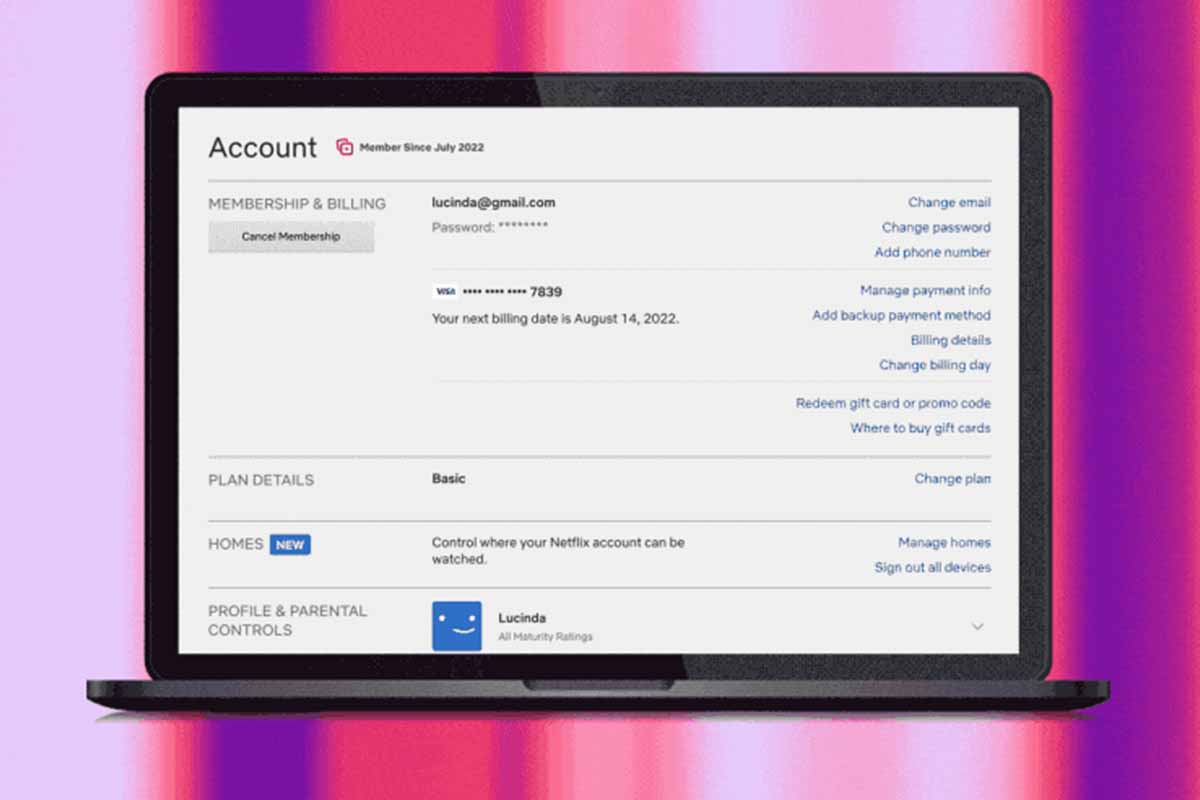Earlier this year Netflix announced a crackdown on password sharing in certain countries centered around “sub accounts” located outside of a customer’s household that would cost a few bucks extra.
This week, the streaming giant clarified those plans — and it’s a bit confusing. Basically, in March 2022, Netflix launched an “add extra member” feature in Chile, Costa Rica and Peru. Starting next month, it’ll launch an alternative “add a home” feature in Argentina, the Dominican Republic, El Salvador, Guatemala and Honduras that’s a bit different.
Users in these Netflix Homes countries start with one home connected to their account. For about $3, you can add an extra “home” (and the number of extra homes depends on whether you’re on a Basic, Standard or Premium plan).
So, what if you’re traveling? What if you’re a user who’s frequently not at home or living somewhere else temporarily? Netflix claims you’ll still be able to watch its shows when you’re on the move. “You can watch Netflix on a TV outside your home for up to 2 weeks as long as your account has not been previously used in that location. This is allowed once per location per year,” Netflix Argentina’s help page notes. The primary account user can add, remove or manage which homes can use the account at any time.

Confused? The tech site Ghacks explains that the service detects homes by using IP addresses, device IDs and account activity and that users who are not on the expanded “add a home” plan may encounter an error like “too many homes” when their TV or laptop is connected to a different Internet service or a VPN…even if the device is in the user’s household.
Basically, without the additional homes plan, you’ll have to keep Netflix log-ins to a strict minimum of devices, make sure the connection on these devices is all associated with the same web connection and, if you’re traveling, be aware of some limits when it comes to using the service in a different location for too long of a time.
This all seems unnecessarily complicated — a simple “you can sign in on two devices at the same time with one account” doesn’t solve all problems, but it’s fairly straightforward. It doesn’t seem like this is really going to help solve some of Netflix’s recent viewership woes, and that might be a reason the company is limiting this rollout to just a few countries. As the company itself suggests, “We will not make changes in other countries until we better understand what’s easiest for our members.”
Thanks for reading InsideHook. Sign up for our daily newsletter and be in the know.

















